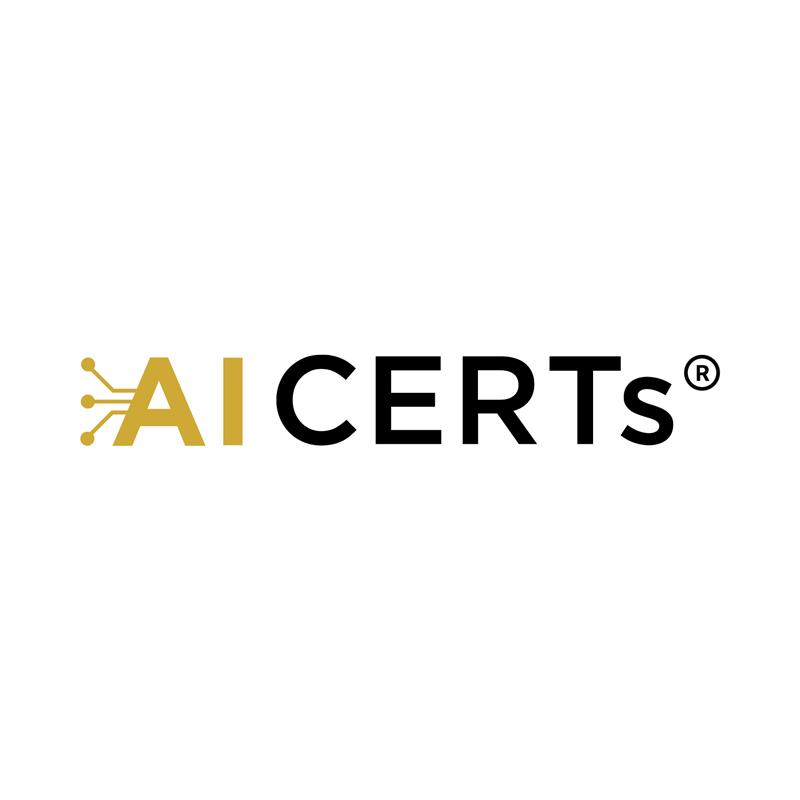The image of a “robot professor” standing at the front of a classroom might once have belonged to the realm of science fiction. Yet, as AI technologies advance, the idea of artificial intelligence shaping the learning experience is no longer a distant dream — it’s happening now. From grading essays in seconds to personalizing study plans for every student, AI is transforming the education landscape at an unprecedented pace. The question is no longer whether AI will enter the classroom, but what role it will play when it gets there.
In some circles, this shift sparks anxiety: will teachers become obsolete? After all, if AI can deliver lessons, mark assignments, and even offer real-time feedback, why would schools need human educators at all? But in reality, AI’s arrival in the classroom is not about replacing humans; it’s about enhancing their capabilities and freeing them from repetitive tasks so they can focus on what they do best — inspiring students.
AI as the Ultimate Teaching Assistant
AI in education is already taking on a wide variety of roles that support teachers rather than supplant them. Intelligent tutoring systems, for example, can adapt lesson plans in real time based on a student’s pace and comprehension. Automated grading tools can handle the heavy lifting of marking standardized assignments, allowing teachers to spend more time mentoring and engaging with students.
Imagine a classroom where every learner has a personalized path — a roadmap that reflects their strengths, addresses their weaknesses, and evolves as they progress. This level of customization is nearly impossible for a human teacher alone, but with AI support, it becomes achievable at scale. Teachers can then become learning coaches, guiding students through challenges, sparking curiosity, and helping them connect classroom concepts to the real world.
Furthermore, AI can assist with early detection of learning difficulties, identifying patterns in a student’s work that might signal dyslexia, ADHD, or other challenges. With this information, educators can intervene earlier and more effectively, providing targeted support before issues escalate.
The New Skills Teachers Will Need
While AI offers immense potential, it also reshapes the skill set educators must master to thrive in the AI-powered classroom. Digital literacy will no longer be a “nice-to-have” — it will be an essential professional competency. Teachers will need to understand how AI systems work, how to integrate them effectively, and how to critically evaluate their results to avoid over-reliance on algorithms.
This is where professional upskilling becomes crucial. Programs like AI Educator Certification courses are now expanding to include AI-focused modules, ensuring teachers are equipped to use these tools ethically and effectively. Such training not only boosts teacher confidence but also ensures students benefit from AI in ways that are pedagogically sound and inclusive.
In the United States, initiatives such as AI Educator Certification in USA are emerging to bridge the knowledge gap. These programs blend technical instruction with classroom application strategies, giving teachers the tools they need to lead in a tech-driven educational environment. With proper training, educators can remain at the center of the learning process, even as AI systems take on more routine tasks.
Balancing Technology with the Human Touch
Despite AI’s many advantages, it lacks the emotional intelligence, cultural awareness, and empathy that human teachers bring to the classroom. No matter how sophisticated an algorithm becomes, it cannot replicate the subtle ways a teacher motivates a struggling student, manages a classroom’s emotional climate, or inspires a love of learning.
Human interaction is particularly vital in subjects that rely heavily on discussion, debate, and emotional connection — such as literature, history, and the arts. Even in STEM subjects, where AI excels at delivering factual content, the mentorship and encouragement of a skilled teacher can make the difference between passive learning and genuine understanding.
In the future, the most successful educational systems will likely be hybrid ones, blending AI efficiency with human creativity. This model leverages the best of both worlds: AI handles the repetitive, data-heavy aspects of teaching, while educators focus on mentorship, critical thinking, and fostering curiosity.
The Road Ahead for AI in Classrooms
The integration of AI into classrooms will not be without challenges. Privacy concerns, ethical considerations, and the risk of widening the digital divide must be addressed. AI systems require vast amounts of data to function effectively, and safeguarding that data will be paramount to protecting student privacy.
Schools will also need to ensure equitable access to AI tools. Without careful planning, these technologies could deepen existing inequalities between well-resourced schools and those with fewer resources. Policymakers, educators, and tech developers will need to collaborate closely to ensure AI’s benefits are accessible to all learners.
Additionally, ongoing evaluation of AI’s effectiveness will be essential. Not all tools marketed as “educational AI” deliver meaningful improvements in learning outcomes, and without proper oversight, schools risk investing in flashy technology that fails to support actual pedagogy.
Conclusion: From Threat to Ally
The rise of the “robot professor” does not signal the end of human teachers — rather, it marks the beginning of a new era in education. By working alongside AI, teachers can focus on the aspects of learning that machines cannot replicate: empathy, inspiration, and human connection.
Far from replacing educators, AI has the potential to make them more powerful and effective than ever before. The future of education will not be defined by whether teachers or AI win, but by how they collaborate to create a richer, more personalized, and more engaging learning experience for every student.




.jpg)

Comments